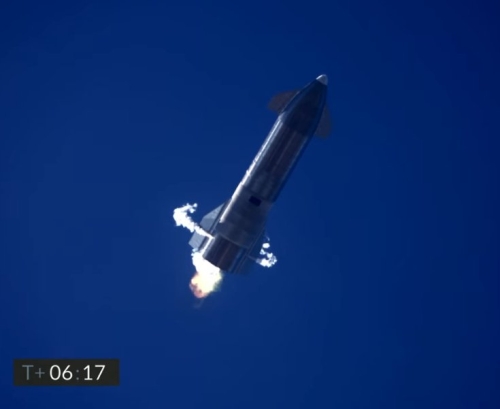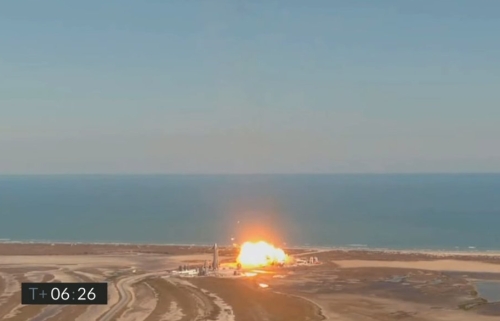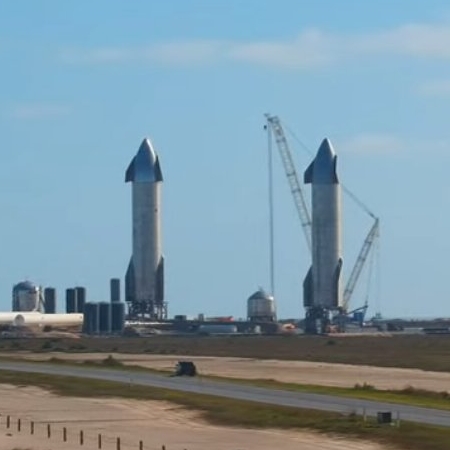NASA, now under the control of the Biden administration, has quietly delayed by at least two months the contract award to two companies to build manned lunar landers for its Artemis program.
With short funding from Congress and a new administration focused on more pressing national issues, the move was expected.
Elon Musk’s SpaceX, a team of aerospace giants led by Jeff Bezos’ Blue Origin, and Leidos-owned Dynetics won a combined $967 million in seed funding from NASA last year to develop rivaling concepts for a human lunar landing system. It’s the space agency’s first effort to spend money on astronaut moon landers since the Apollo program in the 1970s.
Last Wednesday, NASA told the three contractors that an extension to their development contracts “will be required,” picking a new award date of April 30th. Under the Trump administration’s timeline, the agency had planned to pick two of the three bidders in late February, giving a stamp of approval for two systems that would inevitably carry humans to the moon.
This delay would likely have occurred under Trump as well, mainly because Congress only appropriated less than a third of the money needed for this Artemis program.
However, under Biden it was guaranteed. A major review is about to happen, designed not to kill Artemis but to slow it down appreciable. Congress likes the pork Artemis produces, but is wholly uninterested in it actually flying any dangerous missions. I suspect Biden will agree. The focus will once again shift back to Gateway, making any lunar landing require it so that it must be built first. Such a shift will guarantee that no American manned missions to the surface of the Moon will occur before ’30, but also allow the spending of gobs of money building a small lunar station that will only be occupied for short periods.
The big loser here, to my mind, is Jeff Bezos. His company, Blue Origin, was building the descent portion of the lunar lander, with all other portions built by his big space partners, Lockheed Martin, Northrop Grumman, and Draper. Not only is most of the other work by these partners more easily shifted to other uses related to Gateway, but those companies already have plenty of government contracts. As far as I can remember, Blue Origin has no other big government deals, with its New Glenn having been rejected by the military, and its lunar descent technology unneeded until there is a lunar landing, and I expect that to be significantly delayed.
For the past four years Bezos has clearly wanted to make Blue Origin a new big space contractor. Right now it appears that effort has failed wholly.
Dynetics will also lose out big, as they are a new company and can ill afford losing a contract here.
SpaceX will likely be hurt the least. Not getting any money for designing Starship to land on the Moon will do little to slow its development. Starship is almost completely privately funded, and does not need NASA money to get built.





